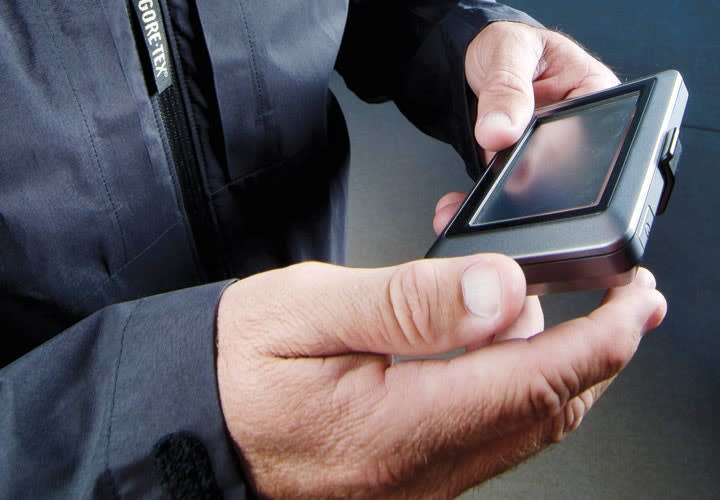Jeffrey Macy, 46, was captured within minutes of his robbery of a Rite Aid in Bangor, Maine, thanks to a global positioning system (GPS) device that had been insinuated into his take by a pharmacist. Police used the device to track Macy in his 1995 Pontiac Bonneville, and he was taken into custody after crashing his vehicle while attempting to flee pursuing officers. Booked for five felony charges in connection with the Rite Aid robbery, Macy was believed to have been responsible for other area bank robberies, as well.
Macy's robbery was just the latest in a growing number of drug-related robberies affecting the Rite Aid. The company had been hit more than 24 times in 2011 compared to only two three years earlier. As a result, according to Rite Aid spokesperson Ashley Flower, the company has invested "millions and millions of dollars in technology and safety measures" at its stores in Maine and elsewhere.
Police agencies are also using new surveillance technologies to foil crimes. Jon Naylor with the Redondo Beach (Calif.) Police Department has found technology a boon on multiple fronts, its usage limited only by the imaginations of investigators rather than any statutory constraints.
Tasked by his chief to find a way to curtail the number of beachfront bike thefts, Naylor and the seven officers on his task force could have committed themselves to long hours of bike rack stakeouts. Instead, they tried something different. Modifying a bike seat with a GPS tracking device combined with a low-frequency radio programmed to activate the team's cellular phones once the bike was moved, they locked the bike in a city bike rack and waited. Naylor explained the technology tandem.
"The GPS tracker is a great device and will put you in the immediate area of the suspects. But if you want to pinpoint them better in case they go to an apartment or hotel room, that's where the radio frequency comes in."













